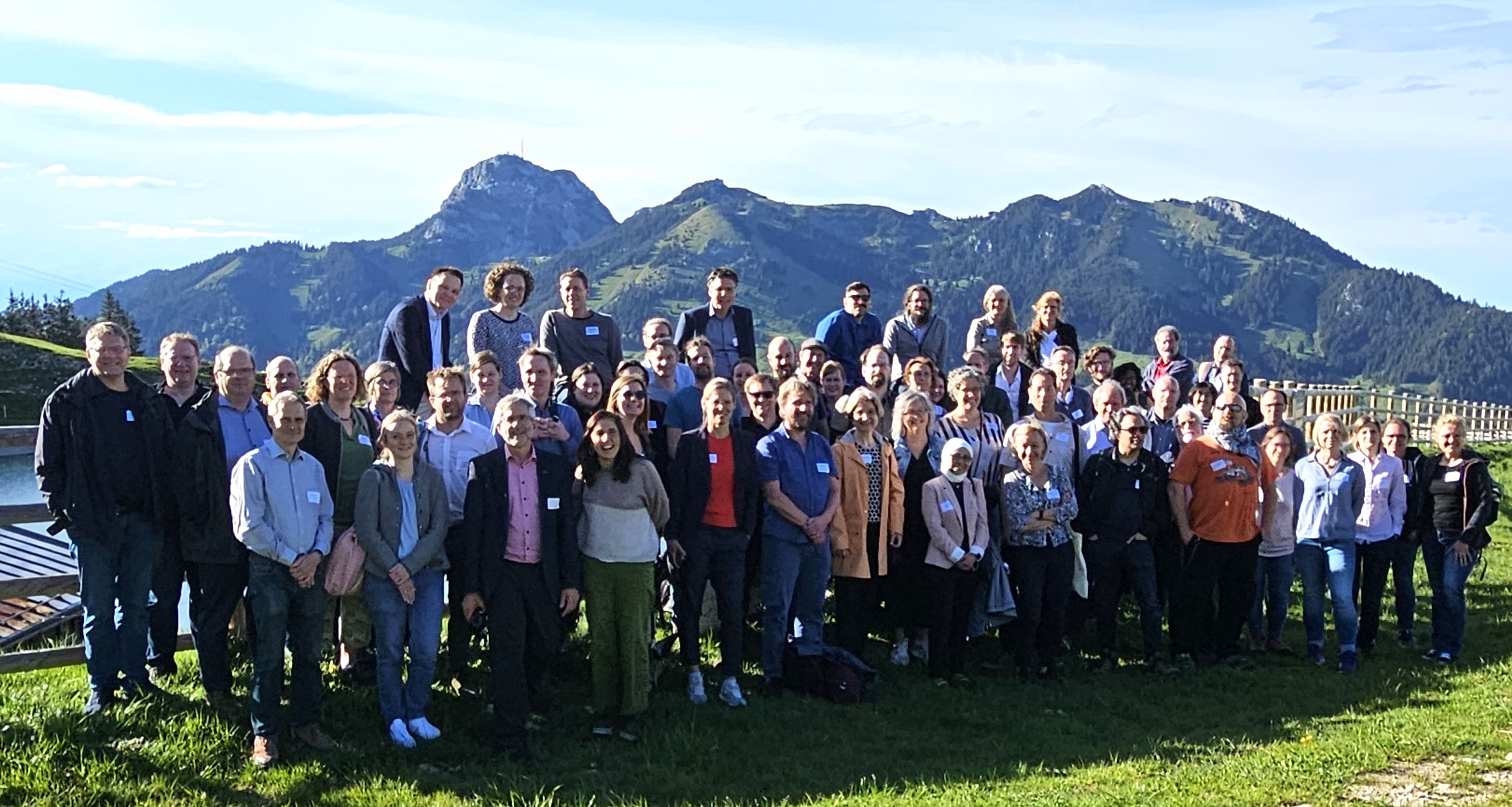Proceedings and videos of keynotes The conference proceedings and recorded keynote videos from the 12th…
Nicola Sochacka from UGA discusses Empathy with Neil Cooke and Natalie Wint
Happy New Year 2023! We start the year with an incredible discussion on the frontier of engineering education – creating empathic engineers.

Podcast link
Background
The complex socio-technical challenges faced by engineers require that they possess empathy as well as deep technical understanding, and research suggests that empathic engineers contribute towards better outcomes in a variety of environments. Empathy is often included within lists of ‘soft’ or ‘professional’ skills that engineers should exhibit and is one of the five components of Emotional Intelligence (EQ), a term which is increasingly referred to within engineering education. However, it is uncommon that empathy is explicitly addressed within engineering curricula and there is variation in the way that it is conceptualized within the context of engineering education.
In this episode we discussed ways in which to go about teaching empathy to engineering students with Dr Nicola Sochacka, former Associate Director for Research Initiation and Enablement at the Engineering Education Transformation Institute, University of Georgia. Nicki originally worked as an Environmental Engineer, a role which required the use of social skills and knowledge. Although Nicki felt prepared technically, she observed a gap between education and practice in terms of the development of social skills. It is this that inspired her research journey.
Today Nicki’s research is characterised by a deep appreciation for diverse perspectives, and she tends to focus on studies which bridge the gap between research and practice. She is also committed to helping academics conduct education research.
The rest of the article will summarise the key points discussed.
The affective, cognitive and behavioural dimensions of empathy
Nicki describes empathy as the capacity to: understand others; share the feeling of others; and provide an adequate response. It thus consists of three dimensions: the affective; the cognitive, which involves understanding the feelings and experiences of others; and the behavioural, which involves enacting an appropriate action.
Within engineering, Nicki advocates for an extension of the definition of empathy beyond that associated with empathic design. She considers empathic engagement as key to better relationships with colleagues as well as the wider public, other sentient beings, and future generations.
A model of empathy for engineering
Nicki describes a model which conceptualizes empathy as a skill, a practice orientation, and a professional way of being. The skill dimension consists of five distinct, socio-cognitive processes (affective sharing, self and other awareness, perspective taking, emotional regulation, mode switching) which form the basis for empathic communication, relationship building, and decision making. To effectively deploy these skills, some reflection about orientation can help and the orientation dimension thus encompasses mental dispositions (commitment to values pluralism, reflective value awareness, micro to macro perspective, epistemological openness) that influence how engineers and engineering students engage in practice situations, and influence whether they engage empathically. The being dimension includes ‘whole professional’, ‘holistic service to society’ and ‘dignity, worth of people and natural environment’, and highlights the need to situate empathic skills, practice orientations, and their development within a contextualizing framework of broader values. Nicki provides an example of how the three dimensions work together, saying that a ‘commitment to values pluralism’ (orientation) means that when you interact with other people you recognise that it is valid for them to have values different to those of your own. Approaching a situation with that orientation thus enables you to engage more effectively in ‘perspective taking’ (skill).
Teaching empathy
Nicki describes that although empathy is a natural capacity, the cognitive and behavioural aspects can be taught and the affective dimension can be enhanced, giving the example of social work.
Mode switching in the classroom
One of the skills that Nicki emphasizes within her work is ‘mode switching’ which is described as the ability to recognize and switch between empathic and analytic modes of thinking. Both emotional and analytical responses are seen as valid but are used for different purposes and in different ways. The need to develop ‘mode switching’ as a skill is a result of the need for engineers to work across both domains, for example when engaging in socio-technical problems, and of the cognitive difficulties associated with operating simultaneously in both modes.
Assessment
Nicki talks about a variety of ways to assess empathy. Firstly, she describes assessing the knowledge that students have gained and the language of key constructs. For example, by defining ‘mode switching’ and recognising when it occurs in conversations. She also suggests assessing the way students engage with concepts, for example through the use of reflection and the use of reflection prompts (see workbook for more details).
Dissemination and Propagation
Nicki describes being inspired by the work of Froyd et al. (2017) who claim that there is a need to focus on propagation of education innovations, as opposed to dissemination. The former method focuses on interaction with adopters and is more likely to help the educational innovation being adopted to ‘fit’ a specific context (for example by taking into account course aims, time available, grading and pedagogies employed). This they claim, builds upon dissemination attempts, which tend to focus on raising awareness as opposed to usability, adoption, and customization. Nicki discusses her own work in this area where she has written about how educational innovations have been modified to fit into different settings (Sochacka et al., 2021).
Resources:
The model described can be found here:
Walther, J., Miller, S.E. and Sochacka, N.W. (2017), A Model of Empathy in Engineering as a Core Skill, Practice Orientation, and Professional Way of Being. J. Eng. Educ., 106: 123-148. https://doi.org/10.1002/jee.20159
The Empathy Modules Workbook can be found here:
The paper mentioned in relation to dissemination and propagation:
Froyd, J. E., Henderson, C., Cole, R. S., Friedrichsen, D., Khatri, R. & Stanford, C. (2017) From Dissemination to Propagation: A New Paradigm for Education Developers, Change: The Magazine of Higher Learning, 49:4, 35-42, DOI:10.1080/00091383.2017.1357098
Other publications:
Sochacka, N. W, Youngblood, K. M., Walther, J & Miller, S. E. (2020) A qualitative study of how mental models impact engineering students’ engagement with empathic communication exercises, Australasian Journal of Engineering Education, 25:2,121-132, DOI: 10.1080/22054952.2020.1832726
Sochacka, Nicola & Delaine, David & Shepard, Thomas & Walther, Joachim. (2021). Empathy Instruction Through the Propagation Paradigm: A Synthesis of Developer and Adopter Accounts. Advances in Engineering Education.
